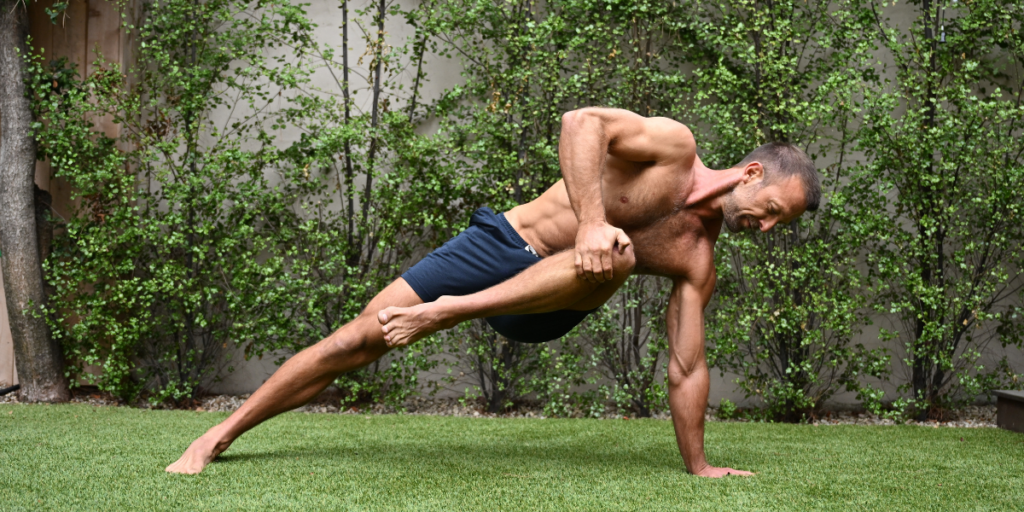The Benefits of Slow Movements: Embracing Strength, Balance, and Serenity

In today’s fast-paced world, where every moment seems to be in a rush, the concept of slowing down may appear counterintuitive. However, the benefits of embracing slow movements, whether in physical exercises or daily activities, are profound and multifaceted.
One of the key advantages of slow movement lies in the realm of strength training. Contrary to the popular belief that faster repetitions yield better results, slow motion strength training focuses on controlled, deliberate movements. By slowing down exercises, we engage our muscles more effectively, ensuring a full range of motion and targeting specific muscle groups with precision. This deliberate approach not only builds muscular strength but also enhances endurance and stability.
Slow motion strength training allows us to connect with our bodies on a deeper level. By emphasizing proper form and intentional movements, we develop a heightened proprioceptive awareness of our muscles and body alignment. This mindfulness fosters a stronger mind-body connection, enhancing the efficacy of our practice and reducing the risk of injuries.
Incorporating slow exercises into one’s yoga practice offers unique benefits. When we move slowly and mindfully, a soulful rhythm unfolds. This embodied style of movement not only promotes physical strength but also enhances mental clarity and emotional well-being. Through deliberate and unhurried movements, we cultivate endurance, flexibility, and balance, leading to improved overall fitness and reduced stress levels.
Unlike some faster forms of flow yoga, when we slow down the practice, we can focus on the subtleties of each pose, paying attention to our breath, body alignment, and sensations. For example, in standing poses like “Warrior 2″ (Virabhadrasana) or “Triangle Pose” (Trikonasana), we move into the postures slowly, allowing their bodies to adapt and find stability. Then we can actively hold and stay present in these poses, building strength and endurance through isometric effort. This mindful and deliberate style builds endurance and resilience over time.
Beyond the confines of formal exercise routines, embracing slow movements in daily life can profoundly impact physical and mental well-being. Simple activities like walking, eating, or even breathing can be transformed by slowing down. By walking slowly and deliberately, individuals engage their muscles, improve posture, and reduce the strain on joints. Mindful eating, savored bite by bite, not only enhances digestion but also encourages healthier food choices and portion control. Moreover, conscious breathing, practiced through techniques like deep diaphragmatic breathing, calms the mind, reduces stress, and promotes mental clarity.
In essence, moving slow in daily life fosters a profound sense of mindfulness. It encourages individuals to be present in the moment, appreciating the beauty of simplicity and the joy of unhurried living. By embracing slow movements, individuals not only build physical strength and endurance but also cultivate mental resilience, emotional balance, and a deeper connection with themselves and the world around them.
Ultimately, the benefits of slow movements are far-reaching, encompassing physical, mental, and emotional well-being. When we incorporate these deliberate and mindful movements into not only our yoga practice, but also our daily activities, we can unlock the transformative power of intentional living. In a world that often seems to be in a perpetual rush, the wisdom of moving slow reminds us to savor each moment, finding strength, balance, and serenity in the unhurried rhythm of life.
yes, interesting. i agree.
Appreciate you sharing, great blog article. Really looking forward to read more.